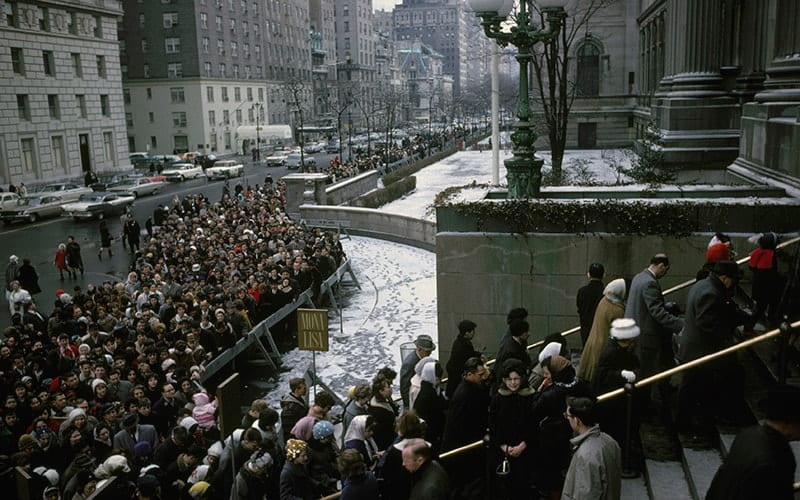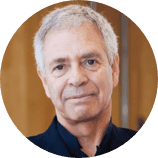Articles and Features
Skepticism As A New Attitude Post-Virus



by Sylvain Levy
Sylvain Levy is a collector and, along with his wife Dominique, is one of the principals of the dslcollection, a major collection of Chinese contemporary art. Founded in 2005, the dslcollection promotes the discovery and study of Chinese contemporary artistic production. It embraces innovative technologies in order to foster greater visibility and to provide the means to share the experience of contemporary culture. Openness, the nomadic and sharing are core concepts of the dslcollection.
I just read an article titled “Skepticism In the 21st Century” by Jeroen Bouterse, which has helped me to figure out what my attitude should be in this post virus time.
What is skepticism? It means living with uncertainty, unlocking a treasury of psychological benefits, questioning everything you believe in, and opening your mind without your brains falling out. The ancient skeptics were smart and prescient about contrasting themselves to the ‘dogmatists’; and who wants to be a dogmatist now? I shall focus on how museums should question the dogmatism that has existed in the art world for centuries.
“Crises are traumatic not because they cause a break from the established order, but because they reveal what is otherwise hidden or willfully ignored.”
Frances Morris, director at Tate Modern, was one of the first to say, “As we begin to make moves towards reopening later this summer, as a newly vulnerable organisation working in conditions of extreme instability, we need to make sure we privilege what we really value. Many voices are telling us that lockdown is showing us that we can do things differently, at a societal level, institutionally and individually.”
The crisis will put wind in the sails of a new museology in which service to the community is as important as the stewardship of objects. The silver lining of this crisis may be a more rapid descent from the “temple on the hill” model of the art museum, which dispenses knowledge and prestige to the well-heeled and well-behaved, to a more egalitarian, more open-ended, and more participatory institution that can engage society in its full contemporaneity and diversity.
But long before this current health crisis that would cause a de-densification of museums and reduce the demand for activities like bookstores and cafés in the short and long-term, the skepticism about whether commercially-driven blockbuster exhibitions could ever plug the widening gaps in public funding for museums was already part of a much bigger existential question: Is the dominant model for 21st-century museums sustainable?
According to Meta Knol, director of Museum de Lakenhal in Leiden, “to finance exhibitions like ‘Young Rembrandt’, they simply need too many paying visitors, too many tourists, too many funds and too much trickery. And none of it is sustainable, because for every exhibition the whole museum circus is set up anew. That is why at Museum de Lakenhal, we will no longer be primarily focusing on expensive, unsustainable exhibitions, but mainly on the telling of local stories with a universal appeal. Not as an expression of provincialism, but explicitly because we need to find new ways to understand the world. We do that with as much attention as we can muster. And that’s also good financial news, because attention is free.”
One of the dogmas that also has to be questioned is the relationship between the public and private sectors.
The challenge now is to re-imagine the role of modern philanthropists and capitalize on that legacy for the future. It situates philanthropy and the arts at the center of a strategic approach to visionary place-making and makes the case for sustained investment in talent and inspirational leadership.
Crises are traumatic not because they cause a break from the established order, but because they reveal what is otherwise hidden or willfully ignored. The suspension of life as we know it is frightening. But it also presents a critical moment of opportunity especially in the art world.
Never should one forget that in the centre of skepticism, there is a critical spirit.
Relevant sources to learn more
About Artland x dslcollection collaboration
dslcollection column by Sylvain Levy: The Virtual Museum
dslcollection column by Sylvain Levy: The challenges facing the art world today
dslcollection column by Sylvain Levy: How to add social value to a private collection?
dslcollection column by Sylvain Levy: Sailing Across The New Decade
dslcollection profile
Visit the dslcollection